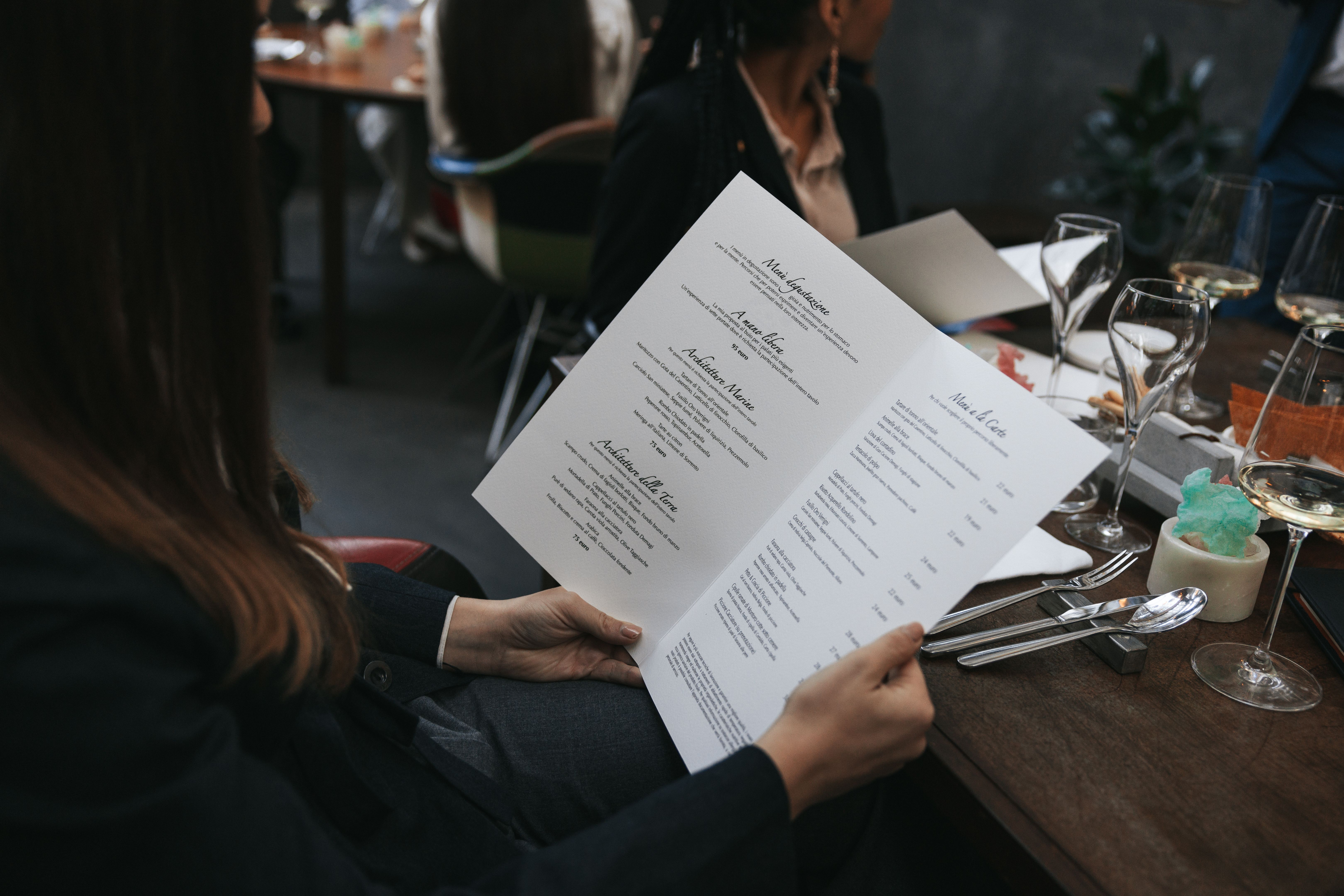Mastering Degustation: Fine Dining at Home
Creating the Perfect Ambiance
Transforming your home into a fine dining venue begins with setting the right atmosphere. Lighting plays a crucial role in creating an intimate mood, so opt for dimmable lights or candles to evoke a warm glow. Additionally, consider using soft background music to enhance the dining experience without overwhelming conversation.
Table settings are equally important. Invest in quality dinnerware, elegant glassware, and cloth napkins to elevate the dining experience. A simple yet stylish centerpiece can add a touch of sophistication to your table. Whether it's a floral arrangement or a minimalist candle holder, make sure it doesn't obstruct guests' views.
Curating a Degustation Menu
A degustation menu is all about showcasing variety and creativity through multiple courses. When planning your menu, start by choosing a theme or cuisine that excites you. This will guide your choice of dishes and ensure a cohesive dining journey. Balance flavors by including a mix of savory and sweet courses, and consider dietary preferences and restrictions.

Typically, a degustation menu includes anywhere from six to twelve small courses. Begin with lighter dishes such as amuse-bouches or appetizers and gradually progress to richer entrees. Dessert should offer a delightful end to the meal, so indulge in decadent flavors or refreshing palate cleansers.
Pairing Wines Like a Sommelier
Wine pairing is an art that enhances the flavors of your meal. For each course, select wines that complement the dish without overpowering it. Generally, lighter wines pair well with lighter dishes, while robust wines complement richer flavors. Don't shy away from experimenting with unique pairings to surprise your guests.

Consider offering a different wine for each course to highlight the diversity of your menu. If you're unsure about pairings, consult with local wine shops or sommeliers who can provide expert advice tailored to your menu.
Mastering Presentation Techniques
Presentation is key in fine dining, as it enhances the overall experience. Utilize different plating techniques, such as stacking or layering ingredients, to add visual interest to your dishes. Pay attention to color contrast and garnish with herbs or edible flowers for a pop of color.

Consider the size and shape of your plates when arranging food. Smaller portions can be elegantly displayed on larger plates to create a sense of space and sophistication. Remember, the first bite is taken with the eyes, so strive for an aesthetically pleasing presentation.
Engaging All the Senses
A successful degustation experience engages all the senses. Besides taste and sight, consider incorporating elements that appeal to touch and smell. Offer warm towels before the meal to set a comforting tone, and use aromatic herbs or spices to tantalize guests' olfactory senses as they enter your dining space.
Incorporate interactive elements where possible, such as allowing guests to participate in assembling certain components of their dish. This not only adds an element of fun but also enhances the sensory experience.
Creating Memorable Moments
The essence of fine dining at home lies in creating lasting memories for your guests. Personalized touches, such as custom menus or place cards with guests' names, can make them feel special and appreciated. Consider sharing brief stories or interesting facts about each course to deepen the connection with your culinary creations.
Finally, remember that hospitality is at the heart of fine dining. Attentiveness to guests' needs, genuine warmth, and enthusiasm for your crafted dishes will ensure an unforgettable evening filled with joy and satisfaction.
